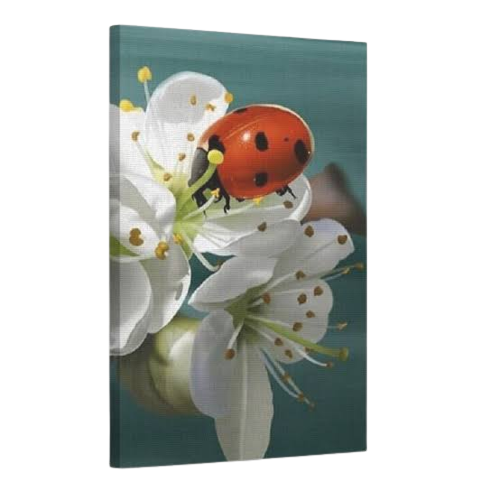- Empty cart.
- Continue Shopping
- Home /
- Page
Planting & Caring for shrubs


- Plants can be grown in agro bags, pots or on the floor in a way that gets 6 hours of direct sunlight a day. Give shade to plants like stoberry and get less than 50% sunlight.
- Potting mix: 5 parts coarse sand, 2 parts red soil. Mix 2 parts of dry cow dung, 1 part of cooked compost (leaf manure), neem pomace and ant powder.
Fertilization
a ) D.AP per plant 15 days after planting. Mix 10gm (1 Teaspoon) in a liter of water and pour it on the bottom
b) Apply any of the organic fertilizers like dry cow dung, neem pomace, bone meal and cetameal at the rate of 20 gm (2 Teraspoon) per plant and mix it with the soil.
c)Or soak 20 gm (2 Teaspoon) in one liter of water for a day and pour it on the knees of the plants
d) Mix 3 gm of 19:19:19 fertilizer with 1 liter (1 spoon) of water and spray on the leaves. Be careful not to over fertilize.
It is best to prune twice a year and change the plants to a new mix once every two years.
Seedlings growing under plants such as strawberry etc. should be transplanted once in 6 months as mentioned above.
Seedlings growing under plants such as strawberry etc. should be transplanted once in 6 months as mentioned above.
How to plant plants in pots
Put 2 inches of gravel at the bottom of the pot. After putting some of the above mixture on top of that, fill the rest of the Polythene Bag or potted plants on top of this mixture. There should be 2 inches of space at the top so that manure and water can stand.
Flowering Plants
Caring
A ) Plant care Organic fertilizers like timor solution, panchagavyam, amrirpani etc. 10 sprinkled on the leaves with water helps to increase the growth of plants and produce lots of flowers. It is better to use organic pesticides like agrigo, tobacco decoction, cow urine coriander mixture, organic fungicides like Psuedonomus, Trycederna, vermicompost, egg amino solution, azasophus pyrillum, timor solution, panchagavyam, jeevamrutam, amritapani etc. for non-toxic farming
.
B) Mix organic pesticides mixed with neem oil and spray. 3 ml 63003 litres
C) Spray any insecticide such as Rogor, Cherish etc. by mixing 2 ml in one liter of water for worms.
D) Fungal infection (black spot) fermentation Mix Indofil 2gm. in liters of water
E) Water-drinking organisms (blindness) Monochrotophos, Diafenghiuron 50% WP, Confidor 2 ml. Mix with 60 liters of water and spray.
F) Use organic fungicides and insecticides like Pseudomonas etc. organic
Shrubs can be susceptible to various pests and diseases that can negatively affect their health and appearance. Here are some common pests and diseases of shrubs, along with remedies to help manage or prevent them:
Aphids
These small, soft-bodied insects feed on the sap of plants and can cause distorted growth, yellowing leaves, and the development of sooty mold. To control aphids, you can use insecticidal soap or a strong stream of water to wash them off the plants. Ladybugs and lacewings are natural predators that can help keep aphid populations in check.
Spider mites
These tiny pests can cause yellowing or bronzing of leaves, stippling, and webbing. You can spray affected shrubs with a strong stream of water or use insecticidal soap or neem oil to control spider mites. Maintaining proper humidity levels can also discourage their growth.
Fungal diseases (e.g., powdery mildew, leaf spot, rust)
Fungal diseases often manifest as spots, discoloration, or powdery growth on leaves, stems, or flowers. Proper sanitation practices, such as removing infected plant debris, can help prevent the spread of fungal diseases. Fungicides may be necessary for severe infections, but be sure to follow the instructions carefully.
Bacterial diseases (e.g., bacterial leaf spot, fire blight)
Bacterial diseases can cause leaf spots, wilting, and dieback. Pruning affected branches and disposing of them properly can help control the spread of bacterial diseases. Copper-based sprays or antibiotics may be used in severe cases, but consult with a professional for appropriate treatments..
Scale insects:
.These pests appear as small, immobile bumps on stems and leaves. They can cause yellowing, stunted growth, and leaf drop. You can scrape them off with a soft brush or cloth, or use insecticidal soap or horticultural oil to control them.
Deer and other browsing animals
Deer and certain animals can feed on shrubs, causing extensive damage. Fencing, repellents, or planting shrubs that are less attractive to these animals can help protect your plants.
Here are some preventive measures :
Pests and diseases of shrubs and remedies
Preventing pests and diseases is also crucial for maintaining healthy shrubs
- Provide proper care, including regular watering, appropriate fertilization, and pruning to promote good airflow.
- Maintain garden hygiene by removing fallen leaves, weeds, and other debris that can harbor pests and diseases.
- Choose shrub varieties that are resistant to common pests and diseases prevalent in your area.
- Monitor your shrubs regularly to identify any signs of pests or diseases, and take prompt action if necessary.
If you’re dealing with specific pests or diseases on your shrubs, it’s always a good idea to consult with a local horticulturist, extension service, or professional landscaper who can provide tailored advice and recommend appropriate remedies for your specific situation.


Home
.Visit to know our various services

Shop
Visit to purchase various products

Planting & Care
Answers to your doubts about plants
